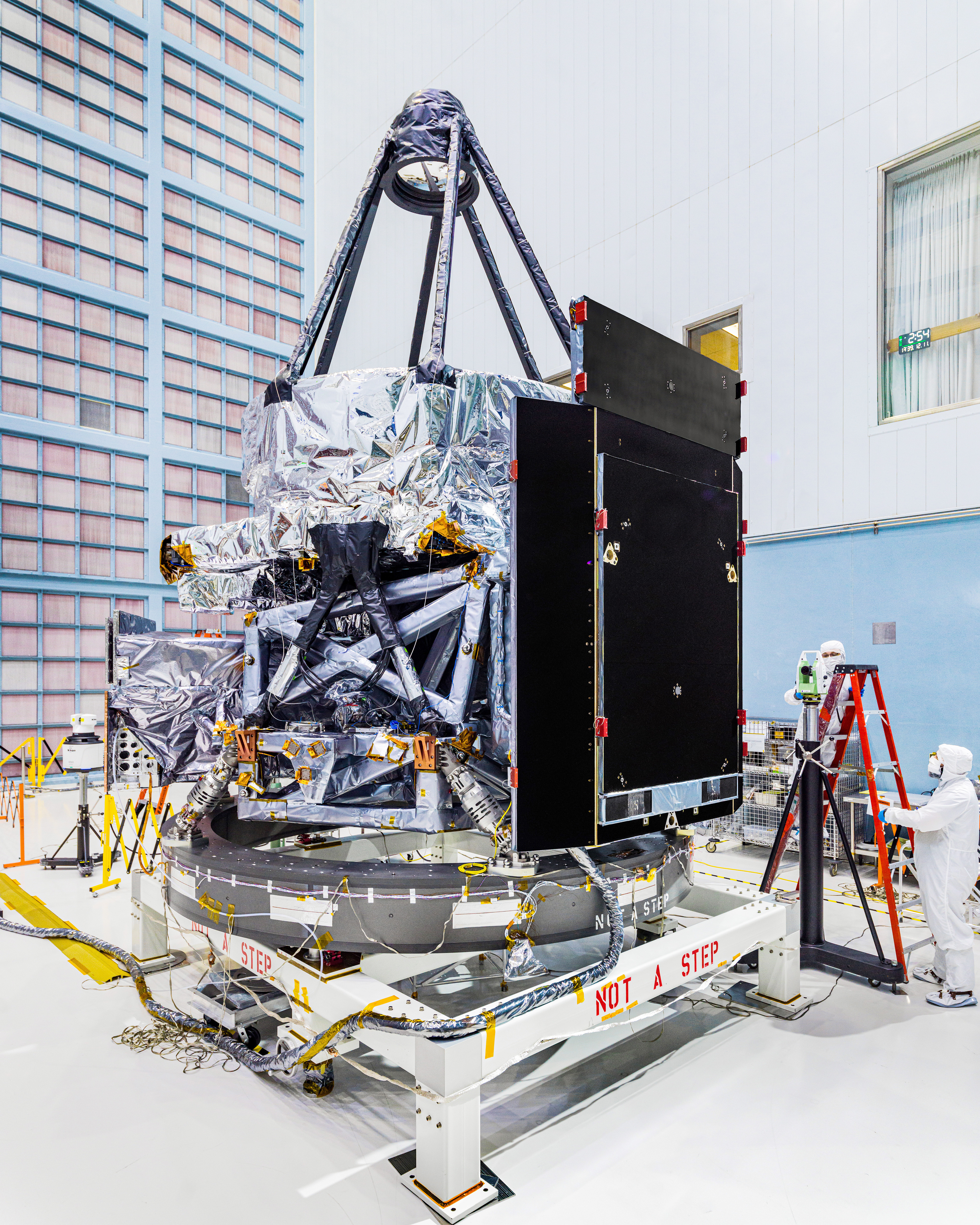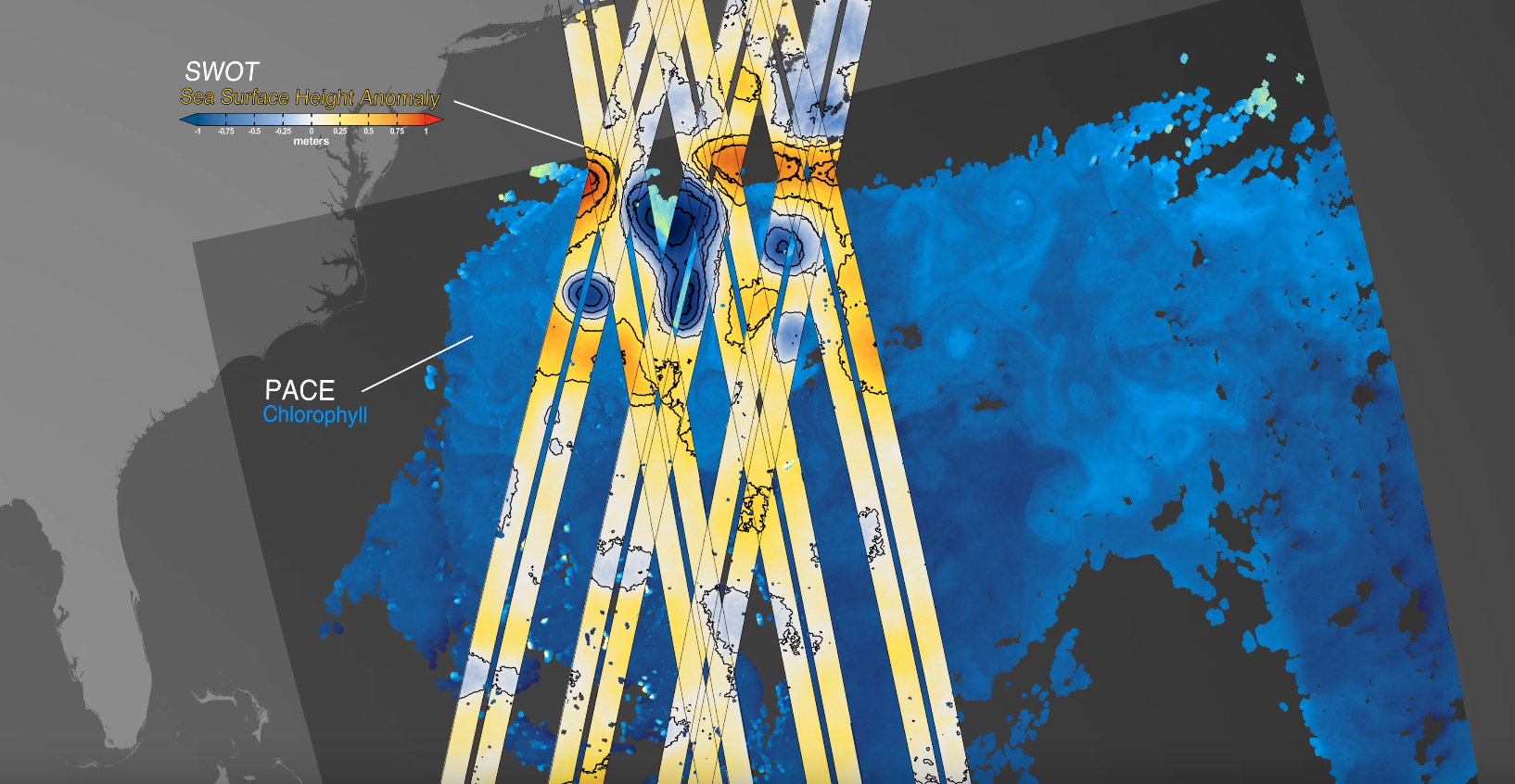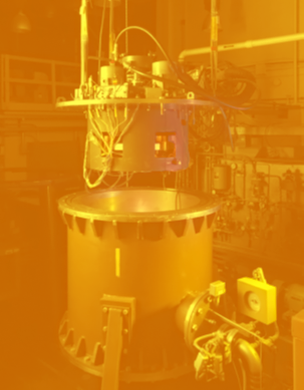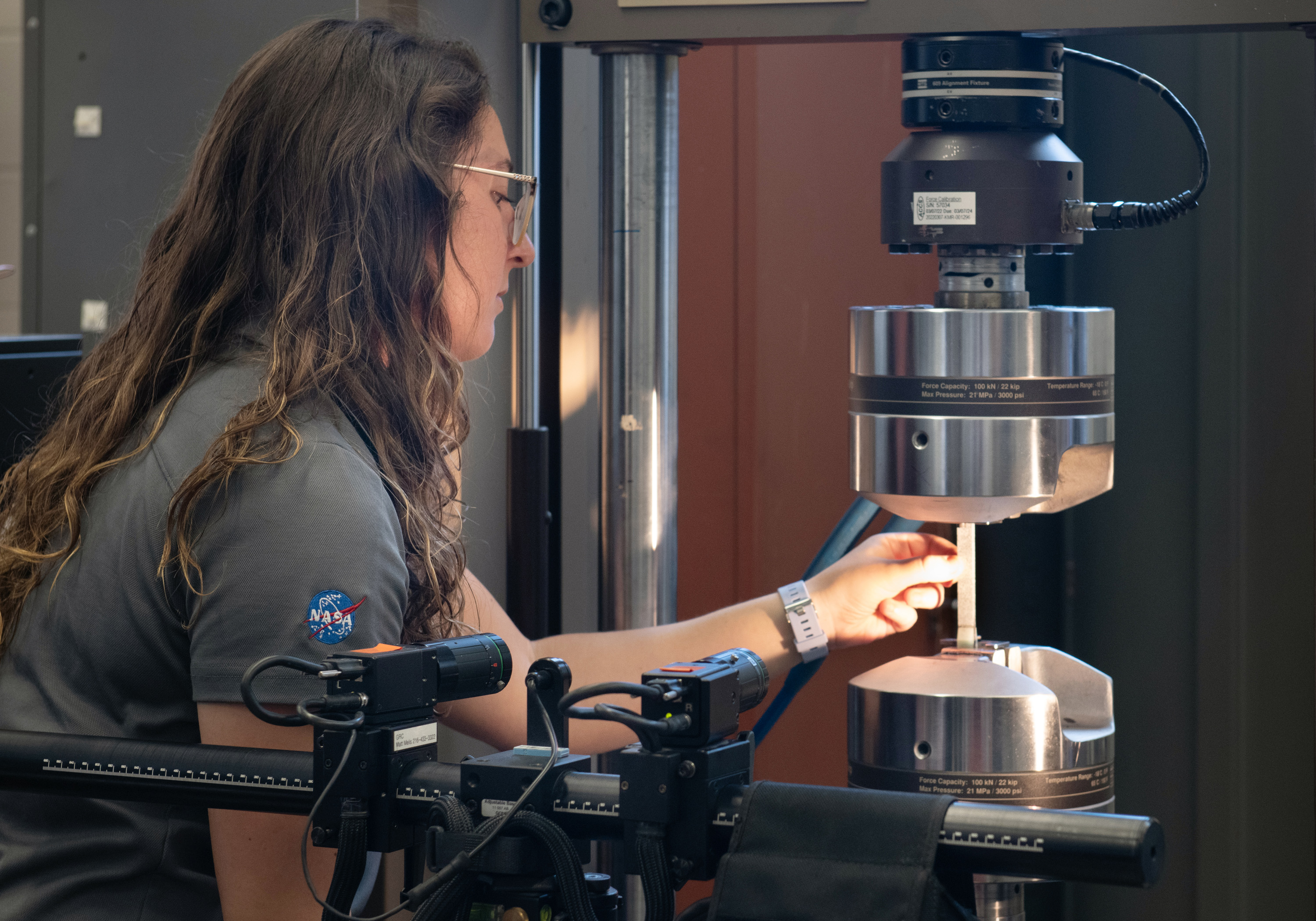Dynamic Spin Rig
The Dynamic Spin Rig is an advanced testbed at NASA’s Glenn Research Center in Cleveland used to evaluate the true vibration and structural mode properties of rotating aircraft engine systems and components.
Quick Facts
Overview
As aircraft engine designs advance to accommodate future electrified propulsion systems, they may be subjected to higher rotational speeds and changing operating conditions and will need to undergo enhanced testing to ensure greater longevity.
The rig features a unique five-axis, three-magnetic-bearing configuration that allows researchers to perform vibration tests of these components in a vacuum chamber without aerodynamic loading interference.
Data gathered can help researchers better understand how rotating components such as blades and disks interact in various conditions and protect against structural fatigue in future aircraft engine designs.
Capabilities
Vibration Analysis
The Dynamic Spin Rig enables vibration analysis methods on aircraft blades and components using electromechanical shakers and magnetic bearings, which can increase vibrational energy to larger amplitudes. These tests help identify ways to properly manage vibrations in turbomachinery components and eliminate future failures from fatigue.
Design Configuration Benefits:
- Radial excitation in the x- and y-axis at the top and bottom of the shaft using the same radial support magnetic bearings – axial control at the top of shaft
- Excitation at any frequency and not limited to engine order
- Forces on shaft can be stationary or rotate with blades
- Use rotor rigid body motions to optimize excitation on blades
Vacuum Testing Environment
Turbomachinery blades and components are tested under centrifugal forces by being rotated in a vacuum chamber. Vacuum environment testing reduces torque required to drive the blades and disks, which helps remove any aerodynamic effects including friction and heat. Spinning components in a vacuum also removes aerodynamic damping – or decreases in vibrations – so that the true structural stiffness and damping properties can be measured and compared to predictions.


























